
Medicinal Trees You Walk Past Every Day
Every child has imagined living at Willy Wonka’s Chocolate Factory, I’m sure you have too. You might not realize it, but you live in a world similar to Willy Wonka’s Chocolate Factory.
Aside from buildings and concrete, nearly everything you walk by is edible in some way. Plants, trees, ground cover, animals, the flowing water, and even rocks can be edible. Unlike the Chocolate Factory, these edible things are either healthy or deadly, and often medicinal.
If you look into it, many of the trees you walk by can be eaten. Depending on the tree, you could walk right up to it and take a bite. Other trees have both poisonous and medicinal properties; only certain parts can be used and require specific harvesting techniques and procedures.
The next time you’re outside, keep an eye out for these trees; you might even have the opportunity to harvest specific parts of these trees for your own purpose.
Pine
A historically recognized evergreen, Pine is also highly medicinal and is one of the oldest tree species in the world. This is a tree that can grow almost anywhere in the world, and it does. It grows both wild and as an ornamental masterpiece.
Pine trees have been recognized for their Christmas tree-like appearance and utility value. It’s a very popular tree grown in plantations for use by cities. Many parts of the tree are optimal for medicinal purposes; you can use the needles, the resin, the pollen, the bark and the nuts, all for different reasons.
In any part of a pine tree, you will find antiseptic, anti-inflammatory, antimicrobial, antioxidant, antiviral, anticancer, and cytotoxic properties. The resin of a pine tree is emplastrum and unguentum in texture; it’s a plaster-like waterproof ointment used for dental problems and on wounds. Pine pollen is used for skin conditions, and Pine nuts are an incredible source of omega fatty acids.
Pine is used to treat 21 types of diseases. The list includes chronic laryngitis, dyspnoea, hyperlipidemia, hypertension, kidney disorders, lumbago, rheumatism, thyroid glands, tuberculosis, and urinary inflammation.
A pine needle tea is used to treat cough and cold, fevers, constipation, ulcers, thyroid irregularities, urinary tract infections, and respiratory problems.
Pine resin is used to treat skin conditions, including dermatitis, eczema, wounds, and burns. On top of that, neurodegenerative diseases like alzheimers and parkinsons are treated by Pine.
If Pine Alone Can Tackle 21 Diseases…
You’ve just seen how one single tree, pine, can help with everything from thyroid imbalance to respiratory infections, skin issues, inflammation, and even neurodegeneration. And that’s just scratching the surface.
But pine isn’t the only plant like this. Not even close.
There are dozens more common trees and herbs with untapped medicinal potential, the kind your pharmacist won’t mention, and your doctor may not even know how to use.
The truth is, many of the top-selling pills today would become irrelevant… if people simply knew how to prepare and use the right plants the right way.
👉 That’s exactly what you’ll uncover in this remedy guide, 250+ time-tested herbal recipes, including every pine remedy above… and hundreds more for the health conditions you never thought plants could touch.
Click here to see the full list, before this knowledge disappears again.
Hawthorn (Crataegus monogyna)
If you’re walking down the street in North America, Europe, Asia or North Africa and you pass a hedge with thorns and white flowers or red berries, it could be Common Hawthorn.
Hawthorn is a 5-15m tall deciduous shrub or small tree that some people plant as hedges or in the garden for birds and butterflies. In the spring and early summer, it boasts small creamy-white flowers in clusters that give off a sweet scent.
These flowers, in the fall, change to red berries that look like miniature pomegranates hanging like cherries. These berries are rich in antioxidants but are tasteless and astringent, and the seed contains cyanide.
You can also find it in the wild, growing in many types of habitats. It is a species native to Europe and has been introduced to other areas.
The leaves, flowers, berries, and roots are all used for medicinal purposes. These parts are all shown to improve coronary blood circulation and inhibit human neutrophil elastase, which is speculated to cause damage to the myocardium during ischemia.
More specifically, the dried flower tops of Hawthorn are used for their potent cardiac benefits that act as a slow-acting cardiotonic. Hawthorn contains oligomeric procyanidins and flavonoids responsible for medicinal effects.
Due to these properties, Hawthorn is used to treat heart problems, up to chronic congestive heart failure. Non-heart-related conditions include anxiety, asthma, dyslipidemia, and indigestion.
But here’s the thing… Hawthorn only works if you’re using it the right way.
And most people won’t forage the berries, dry the leaves, or brew decoctions every single day.
The most effective way to unlock Hawthorn’s benefits is to extract its compounds into a tincture, and let it work steadily, drop by drop, through your bloodstream.
That’s why I recommend this Hawthorn-based tincture made by one of the most trusted herbal retailers online. The herbs are wild-harvested and combined with heart-supporting plants like Tulsi, Fenugreek, and Bilberry, all chosen to strengthen circulation, regulate cholesterol, and help the heart beat with less strain.
It’s more than a heart tonic. It’s full cardiovascular support in a single dropper.
If you’ve been feeling more pressure than usual…
If your heart feels “louder,” heavier, or just off…
Or if you simply want to protect your heart now — instead of trying to fix it later…
👉 Click here to get the Hawthorn Heart Health Tincture, and give your heart the support it deserves.
Willow
There are many species of Willow. I’m sure you’ve heard of Weeping Willow; it’s a cultivar of White Willow, and Black Willow is a close relative. These species look very similar to one another. Each species grows long, weeping branches hanging from a massive tree, and long, dainty green leaves.
You may have seen one travelling around the northern hemisphere near bodies of water. Willows are both wild and cultivated. They are beneficial for their root system as they help with erosion control. The bark from the Willow species is also favorable for medicinal purposes.
There are at least 13 main active compounds in the Willow species, which include saligenin, salicylic acid, salicin, isosalicin, picein, and even more. Acetylated salicylate, you might know it as Aspirin, is a synthetic compound that is derived from the salicylic acid found in Willow bark.
When extracted from the bark, these compounds make a remarkable painkiller. Because these compounds also have antipyretic and anti-inflammatory properties, they inhibit pro-inflammatory cytokines such as tumor necrosis factor a (TNFa) and cyclooxygenase-2 (COX-2), prevent oxidative stress, as well as induce apoptosis in colon and lung cancer cells. The flavonoids and polyphenols have also been proven to provide these medicinal effects.
The benefits of Willow bark can be used for several purposes, including arthritis, lower back pain, osteoarthritic joint and knee pain, menstrual pain, and overall body pain. Tendinitis, bursitis, and headaches are also no match for Willow bark.
Let’s be real: you can’t just chew on willow bark and expect your pain to vanish, right?
It doesn’t work like that.
And it’s the same with most medicinal plants, unless you know how to extract the right compounds, you’re not getting the real benefits.
Every plant needs something different: Some require heat. Others need alcohol. Some release their power in oil… others only after weeks of extraction.
If you just rub raw willow bark on your joints, you’ll damage your skin, not your inflammation.
But when you know how to do it right? That’s when the magic happens.
The salve recipe below isn’t something you figure out by trial and error.
I learned it directly from Nicole Apelian in one of her videos, and I was shocked at how simple it actually was.
I used to think salves and capsules were “pharmacy stuff.” That you needed a lab or some special background.
But you don’t. You just need someone to walk you through it.
👉 Click here to watch the video and learn how to make your first pain-relieving salve… right at home.
Pain Killing with Willow Bark
Because Willow bark is used for easing body aches and pains, making a salve for joint pain is one of the top uses for Willow bark extract. By adding red pepper extract, you can create a salve that provides a warming effect. By adding peppermint extract, you can create a salve that has a cooling effect.
For this recipe, you will need a mortar and pestle, 3 medium-sized canning jars, 2 small salve containers, a double boiler, a knife, a whisk, a mini spoon, and a stir stick. We will be making the extracts from scratch, so if you already have the extracts, skip to step 6.
Before you scroll into the full recipe… ask yourself this:
Do you really have the time to boil, shake, crush, infuse, and wait 6 weeks?
Because that’s how long it takes to make a salve that actually works, one strong enough to reach deep into the joint and calm the fire from inside.
Or… you can skip the entire process. There’s a ready-made joint salve crafted with many of the same powerhouse ingredients, including cayenne, arnica, frankincense, and vitamin E, plus a few others your skin will thank you for.
It’s so effective, people say they need to wash their hands after applying, or their fingers start tingling too.
🔥 That’s not hype. That’s how strong it is.
Willow Bark Salve for Joint Pain (Warming & Cooling)
Ingredients:
- ½ cup of fresh Willow bark
- ½ cup of fresh Peppermint leaves
- 2 tablespoons of Red Pepper Seeds
- 750ml of 80 proof Vodka
- ¼ cup of Beeswax
- ¼ cup of Coconut oil

Instructions:
- Use a knife to remove the bark from your Willow harvest and peel the bark into strips
- Place the willow bark into a canning jar
- Pour the alcohol over the bark and fill to 1” from the brim, seal and store in a cool dark place for 4-6 weeks, shaking daily
- When the willow extract is near ready to use, crush the red peppers, add them to a small canning jar and fill with alcohol, let sit in a dark room for 3 days
- When the red pepper extract is almost ready, add the peppermint leaves to a small canning jar and fill with alcohol, let sit in a dark room overnight
- When the peppermint extract is ready, melt the beeswax using the double boiling method
- When melted, add the coconut oil and stir
- When the coconut oil has melted into the beeswax, turn off the heat, add 2 tablespoons of willow extract and stir with a whisk
- Divide the liquid into two containers
- While still liquid, stir 1 teaspoon of red pepper extract into one container for the warming rub, and stir 1 teaspoon of peppermint extract into the other for the cooling rub, set aside to let cool until stiff
- Use your fingers to rub onto your joints!

If you’ve been trying to fight joint pain with just a cream or a pill… it’s no wonder it keeps coming back.
Pain isn’t one-dimensional, so your solution can’t be either.
It’s not just your joints that are inflamed. It’s your gut. Your immune system. Your stress hormones. The silent layers inside your body that keep the fire alive, long after the rub wears off.
That’s exactly why this bundle works, because it goes far beyond the surface.
You get the powerful warming salve to soothe muscles and joints from the outside, but you also flood your system with the internal support it’s been begging for.
Gut-calming herbs to stop inflammation at the root. Medicinal mushrooms to rebalance your immune response and help your body rebuild. And potent natural compounds that move through every joint, every nerve ending, every overworked cell.
This isn’t “try to manage it.”
This is full-spectrum, inside-out recovery. The kind that makes your body feel younger, lighter, more mobile, like someone turned the pain dial down for the first time in years.
👉 Click here to grab the Joint & Movement Bundle… and finally give your body what it needs to win this fight.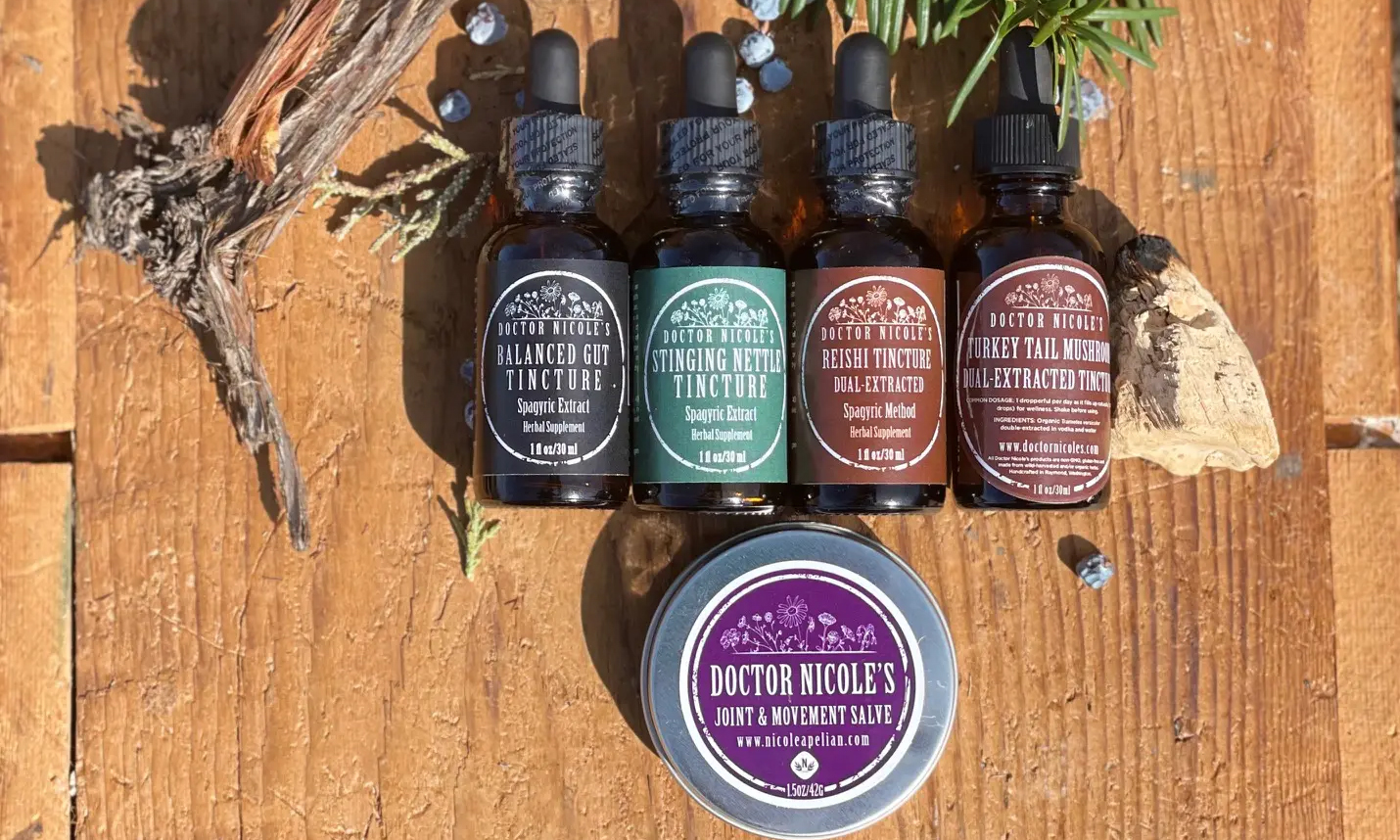






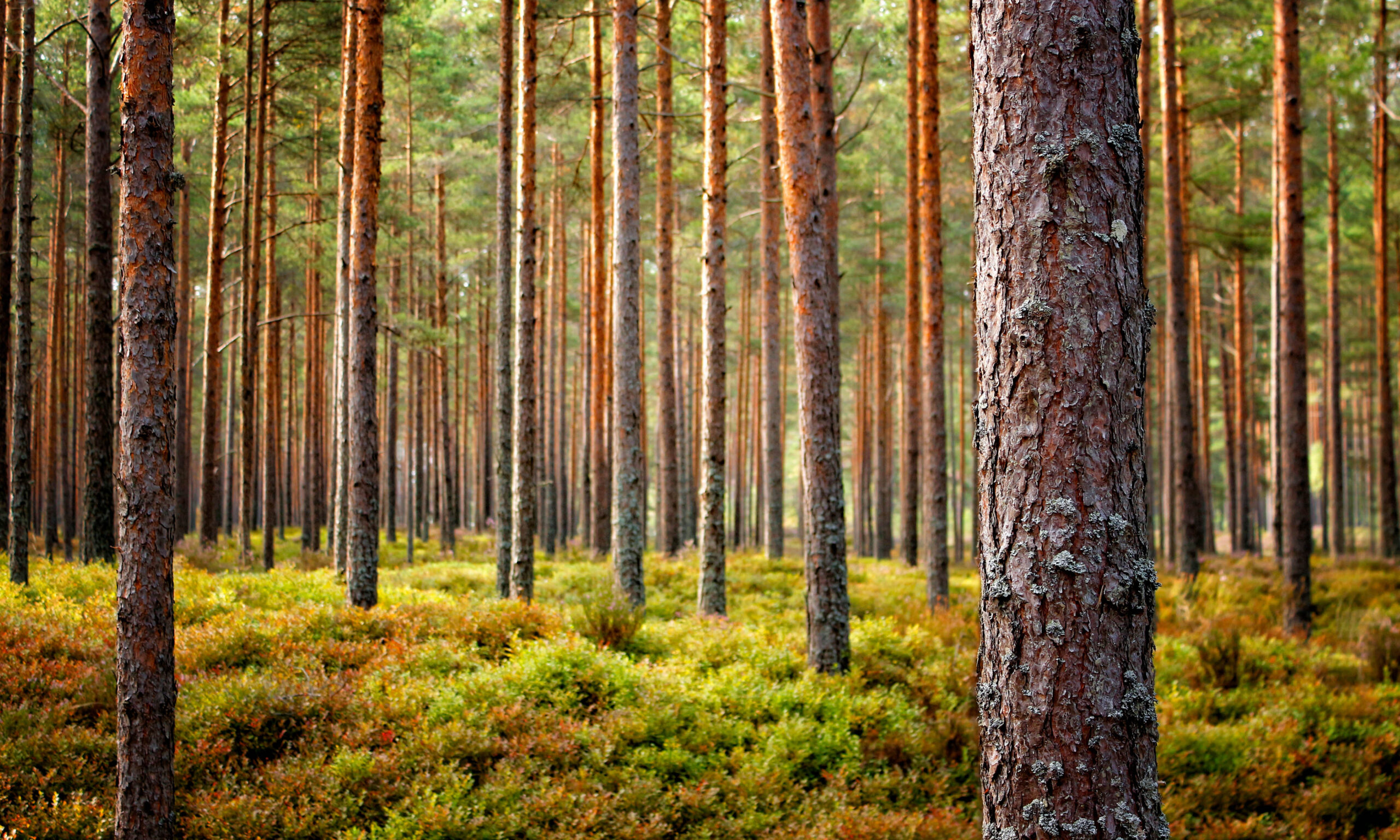
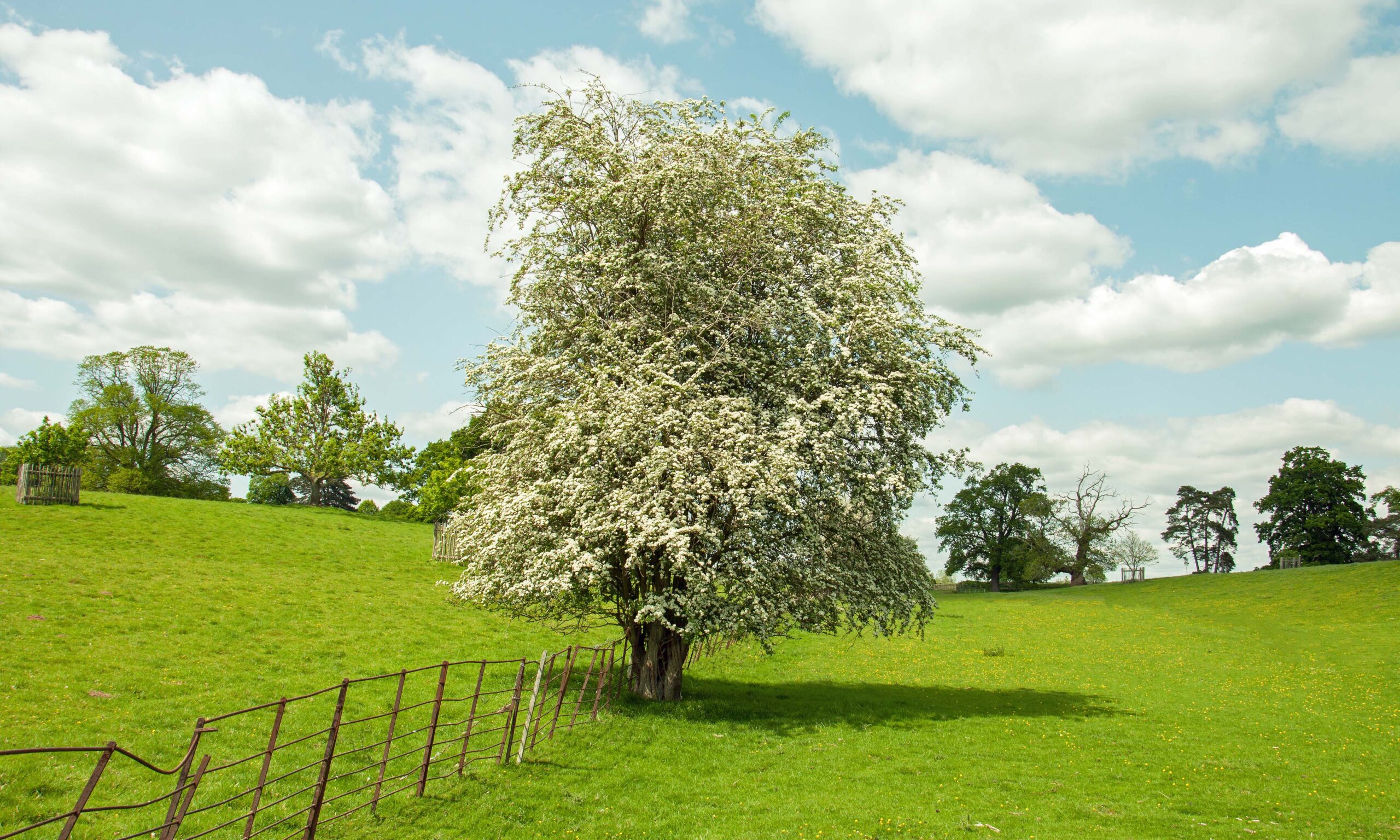
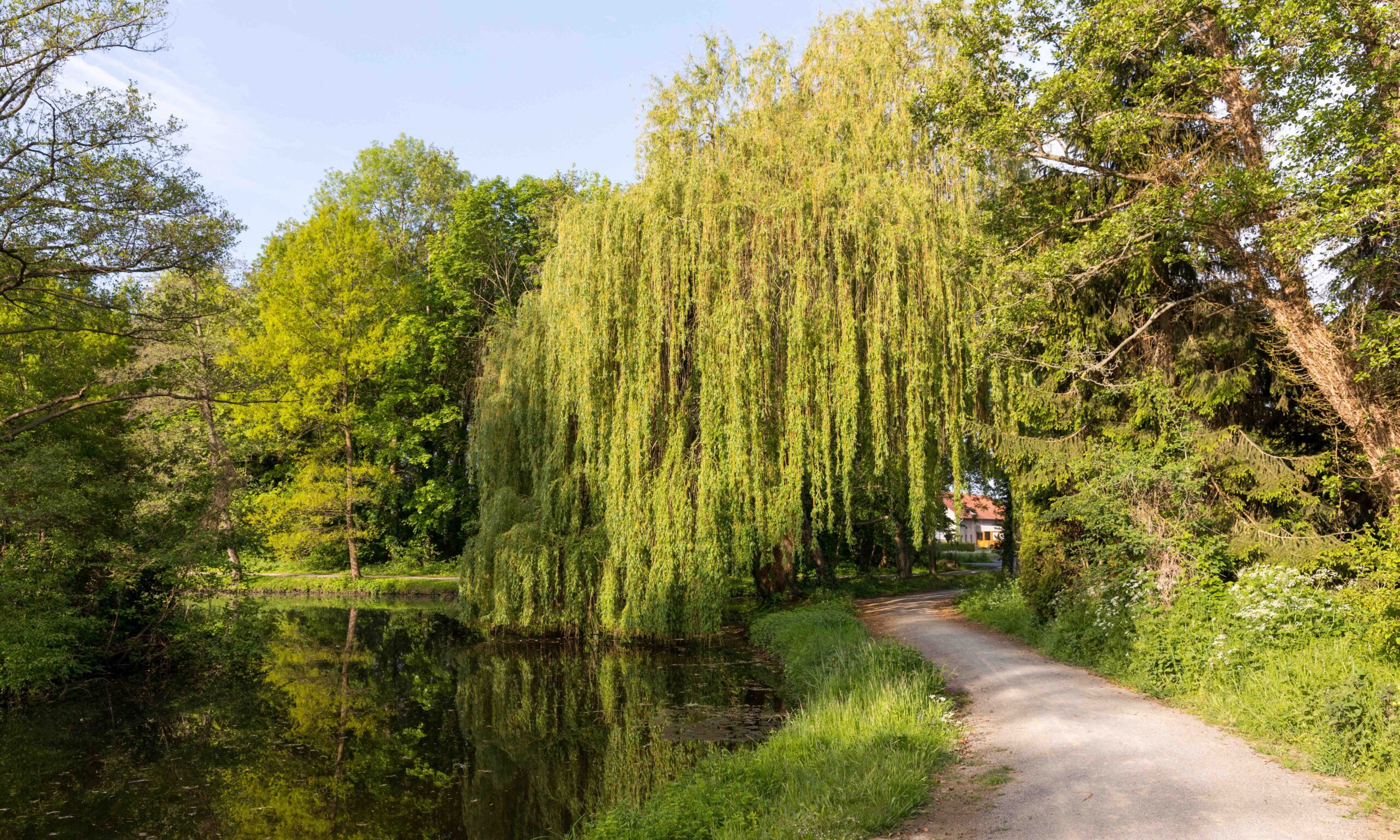
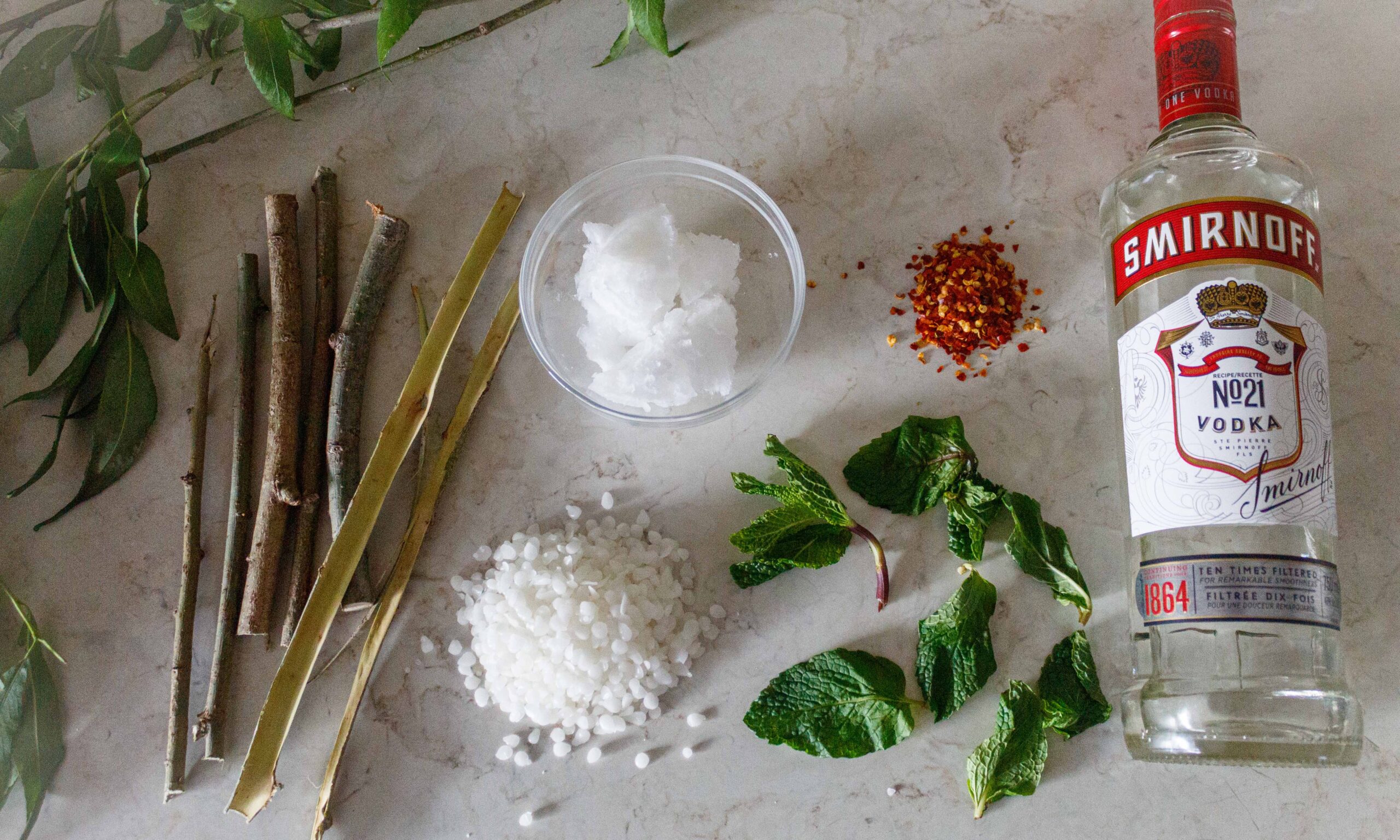
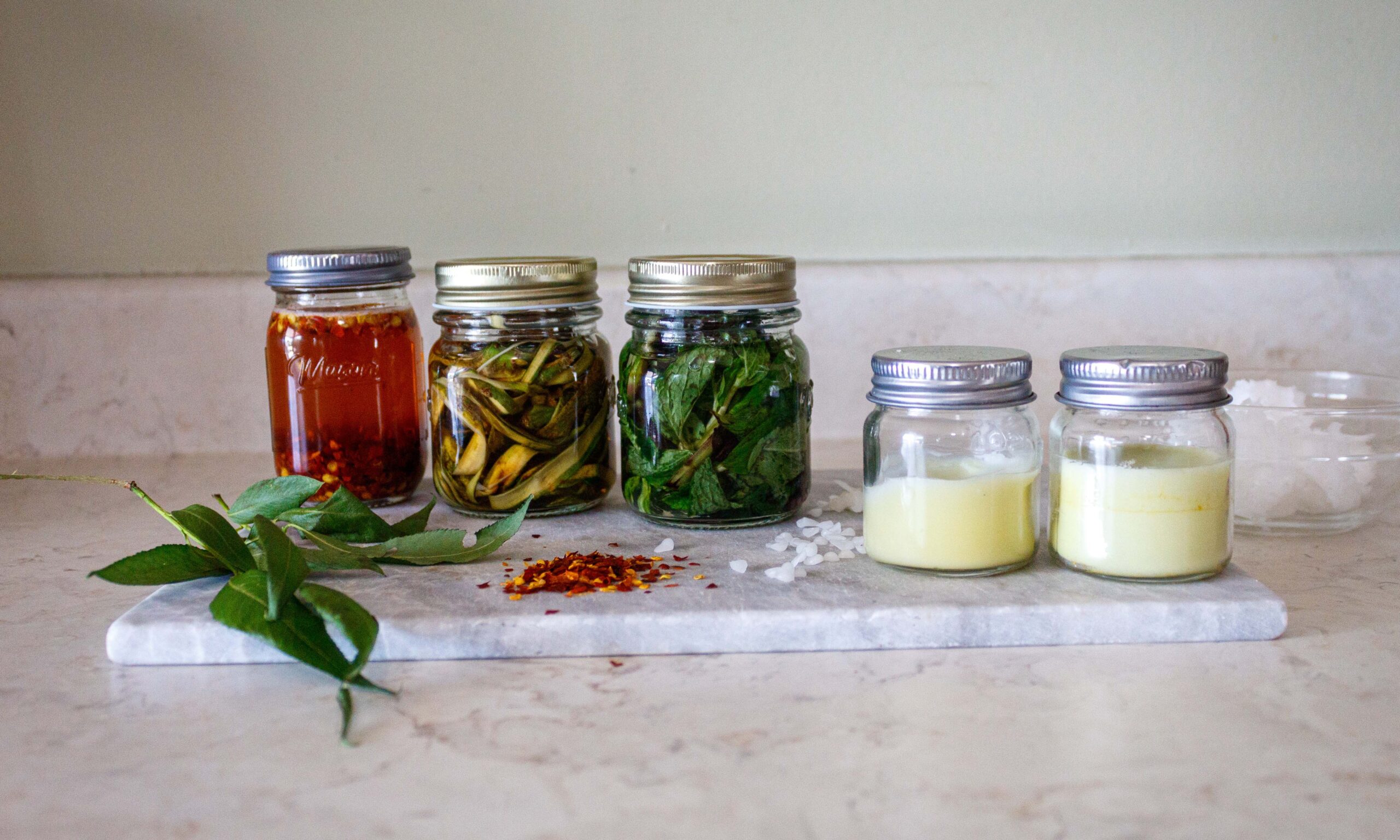

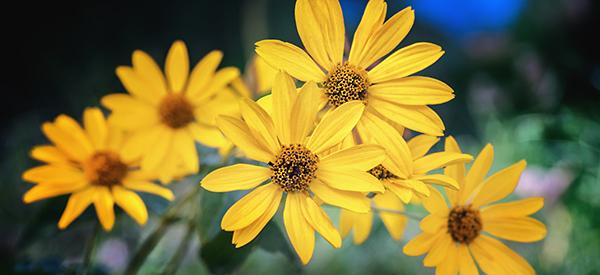
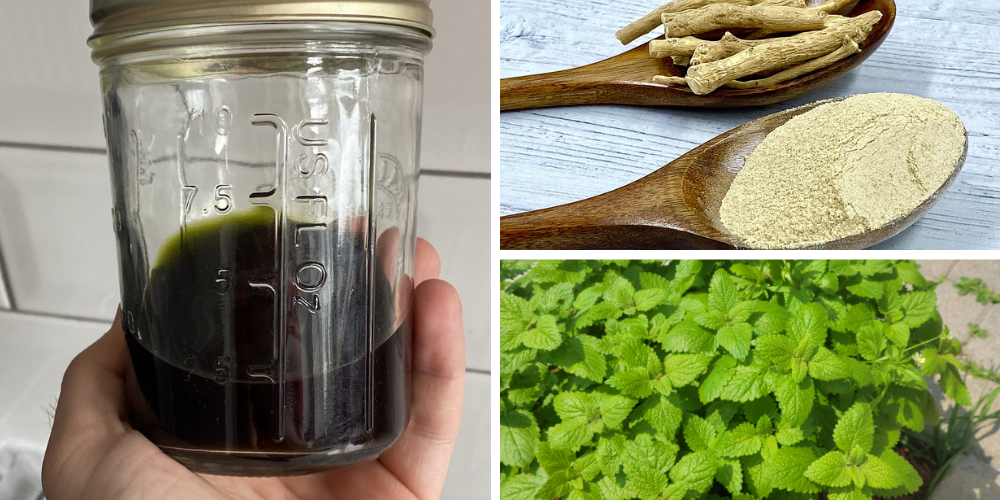
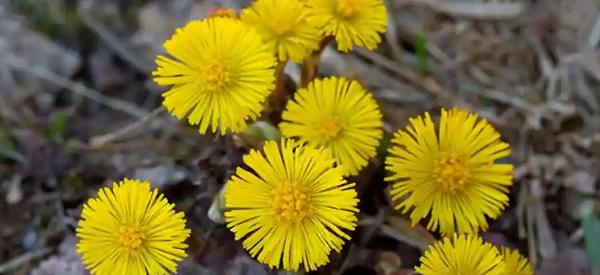
where is the antiparsitic info?
Thanks for your question, Sally!
While this article focuses more on trees like Pine, Hawthorn, and Willow, we completely understand the interest in anti-parasitic remedies.
You’ll find those covered in depth in other articles on our site, particularly the one titled “Herbalists Were Right: Science Now Confirms This Natural Anti-Parasitic Remedy.”
Click the title to get to the article. Thank you!
Many blessings and good health!
For the willow bark salve is crashed red pepper hot red pepper or regular ?
I could be wrong, but I always thought that they used cayenne peppers.
Thank you!
Thanks so much for jumping in, Grace! You’re spot on.
Cayenne pepper is exactly the kind of red pepper that works best here. It’s wonderful to see our community helping one another out. 🌿
Hi Nina! Great question.
The “crushed red pepper” mentioned in the recipe refers to hot red chili pepper, something similar to cayenne or the red pepper flakes you might find in the spice aisle.
The heat from this ingredient helps create that warming, deep-penetrating effect in the salve.
We hope that helps!